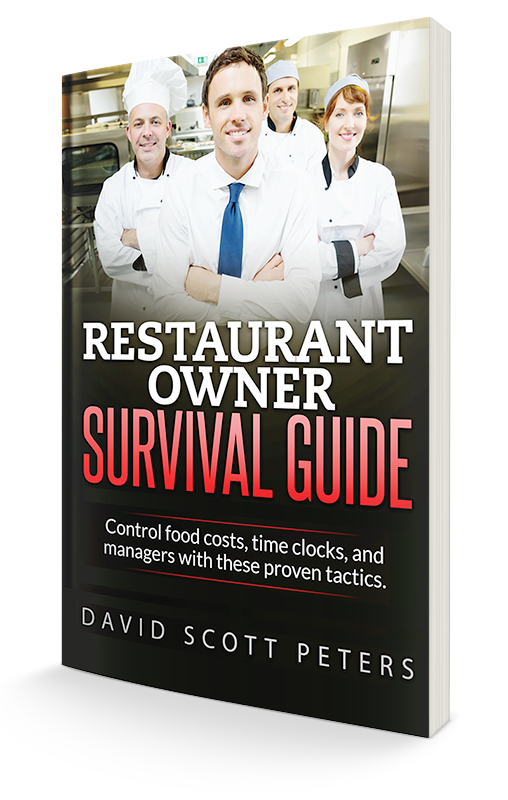How to Set a Budget for Comps in Your Restaurant
In the hospitality industry, comps happen on a routine basis. We see a regular at our bar and sometimes just buy them a drink to thank them for making our bar their home away from home. We might meet a table of diners that are having a great time in our restaurant, find out it’s their first visit and drop off a card with a free appetizer on the back they can use on their next visit. We find there are times we fail to deliver on our promises and have to approach a table to apologize and offer to pay for their meal. And the list goes on and on and on. Heck, we give our employees a free meal or let them eat at a 50 percent discount. Do you know any other business that does anything like what we do with freebies? I don’t.
The challenge is, while we love to use this very personal tool called a “comp,” the reality is it is sometimes misused. Most restaurants don’t set a budget for comps. Let me be perfectly clear. While comps can turn a bad dining experience into a good one, make a regular customer a raving fan, allow our staff to dine with us without breaking the bank, and so on, do know that a comp is real money! When you comp a $50 ticket because you blew it, understand that is $50 you are not putting into the bank. It means you don’t have that $50 for payroll, to pay bills or to keep as profit. It reduces your cash flow and cash is what we use to pay our bills. While comping is normal practice in our industry, you have to do it correctly and set a budget for comps or you can give away the house.
Where should you set a budget for comps?
- Don’t allow more than 3–4 percent discounting (comping) each month. This would include taking care of a regular customer, fixing a kitchen or service screw up, employee and manager meal discounting, and some small amount of discount marketing.
- Look at your marketing budget and move some percentage points over to discounting if you use discount promotions as a major component to your marketing plan. For example, we recommend that you have a marketing budget of 2–4 percent per month. If you wanted to use all of that for discounting, you would have a target comping budget percentage as high as 8 percent each month to build business, take care of your guests and still make money.
While comping is normal in our business and is one of the things that sets us apart from all other customer service experiences, misusing this tool can kill your bank account. To avoid this, make sure you set a comping budget, monitor your actual comping percentage on a daily and monthly basis, train managers on best practices by routinely reviewing comps and the reason behind them, and most importantly, remember when you comp you are giving away YOUR money. With all of these things in mind your comping can be used to deliver a great dining experience, bond with your guests and employees, and better yet, still be on a path to make money.





